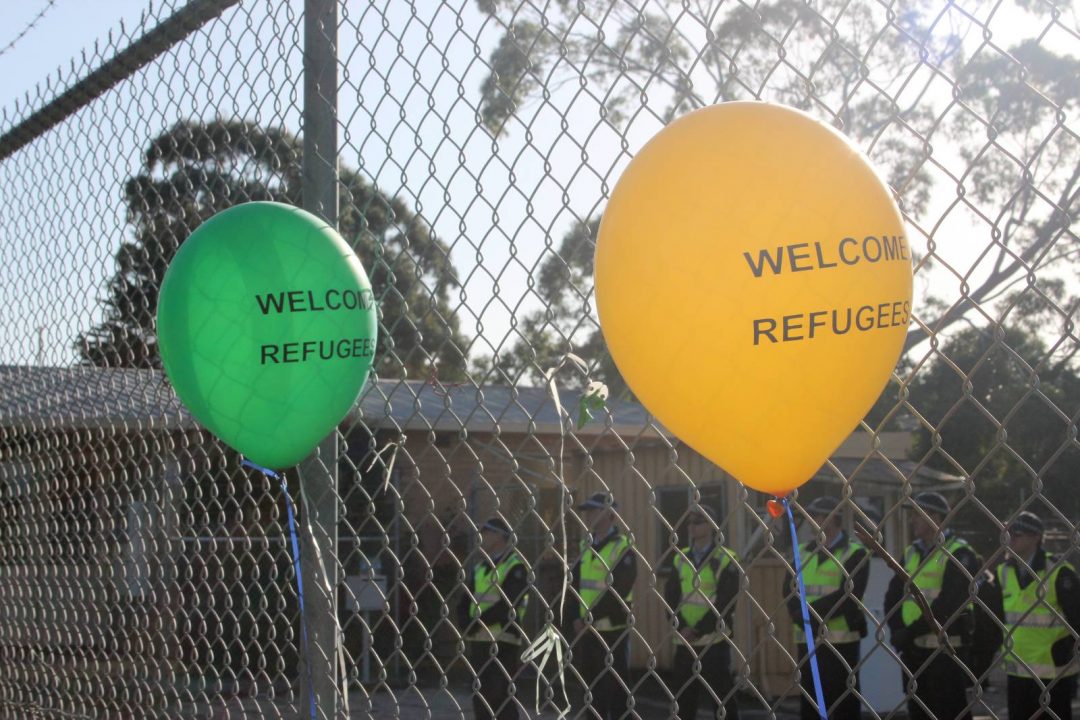
The Australian government’s Department of Home Affairs (Department) is responsible for immigration and border policy and the processing of visa applications. The Department manages the Australian immigration detention network through its operational enforcement arm, the Australian Border Force (ABF).
According to the Department, the work of the ABF in immigration detention is guided by the Detention Services Manual which contains detention policies and procedures. The ABF directs day-to-day operations by working with different service providers, like Serco. Healthcare services in Australian immigration and community detention are delivered and facilitated by International Health and Medical Services (IHMS), a subsidiary of International SOS. IHMS has delivered these services in immigration and community detention in Australia since 2004.
As at 31 March 2020, there were 1,373 people in immigration detention facilities in Australia. Onshore facilities include immigration detention centres, immigration transit accommodation, and alternative places of detention (APODs). APODs include hotels that have been temporarily repurposed as places of detention.
At present, the average time an immigration detainee spends in a facility is 545 days. The average length of stay in detention in Australia has stood at over 400 days since mid-2015. Australia is a total outlier. By contrast, the average length of stay in immigration detention in the United States is 55 days and in Canada is 14 days. Around a quarter of detainees have spent over two years in immigration detention.
Prolonged immigration detention is known to have a significant, detrimental impact on mental health. Pre-existing mental and physical health problems are also frequently exacerbated by the detention experience.
The Commonwealth Ombudsman – which provides independent oversight of immigration detention and assesses circumstances where a person is detained for longer than two years – continues to express serious concerns about the effects of prolonged detention on the mental and physical wellbeing of long-term detainees.
The majority of people who have been in immigration detention for more than two years are asylum seekers who arrived in Australia by sea. They include asylum seekers who were transferred to Australia for urgent medical treatment from Manus Island and Nauru under the now repealed medevac law.
In 2019, 192 asylum seekers were transferred to Australia for health care under the medevac law. At 31 December 2019, 110 of those asylum seekers who were transferred under the medevac law were detained in hotels – at the Mantra Bell City Hotel in Melbourne and the Kangaroo Point Central Hotel & Apartments in Brisbane.
The Australian Human Rights Commission has reported that hotels are not appropriate places of detention because of their lack of dedicated facilities and restrictions on access to open space. They can be exceptionally restrictive environments where people are often confined to their hotel rooms for most of the day. The Australian Human Rights Commission has recommended that hotels only be used as APODs in exceptional circumstances for very short periods of time. However, many of the asylum seekers who were transferred to Australia for medical treatment have now been detained in hotels for several months.
In March 2020, in response to the COVID-19 pandemic, medical experts called on the Australian Government to reduce the health risks to detainees, staff and the community associated with COVID-19 by transferring detainees out of crowded detention facilities into suitable housing in the community.